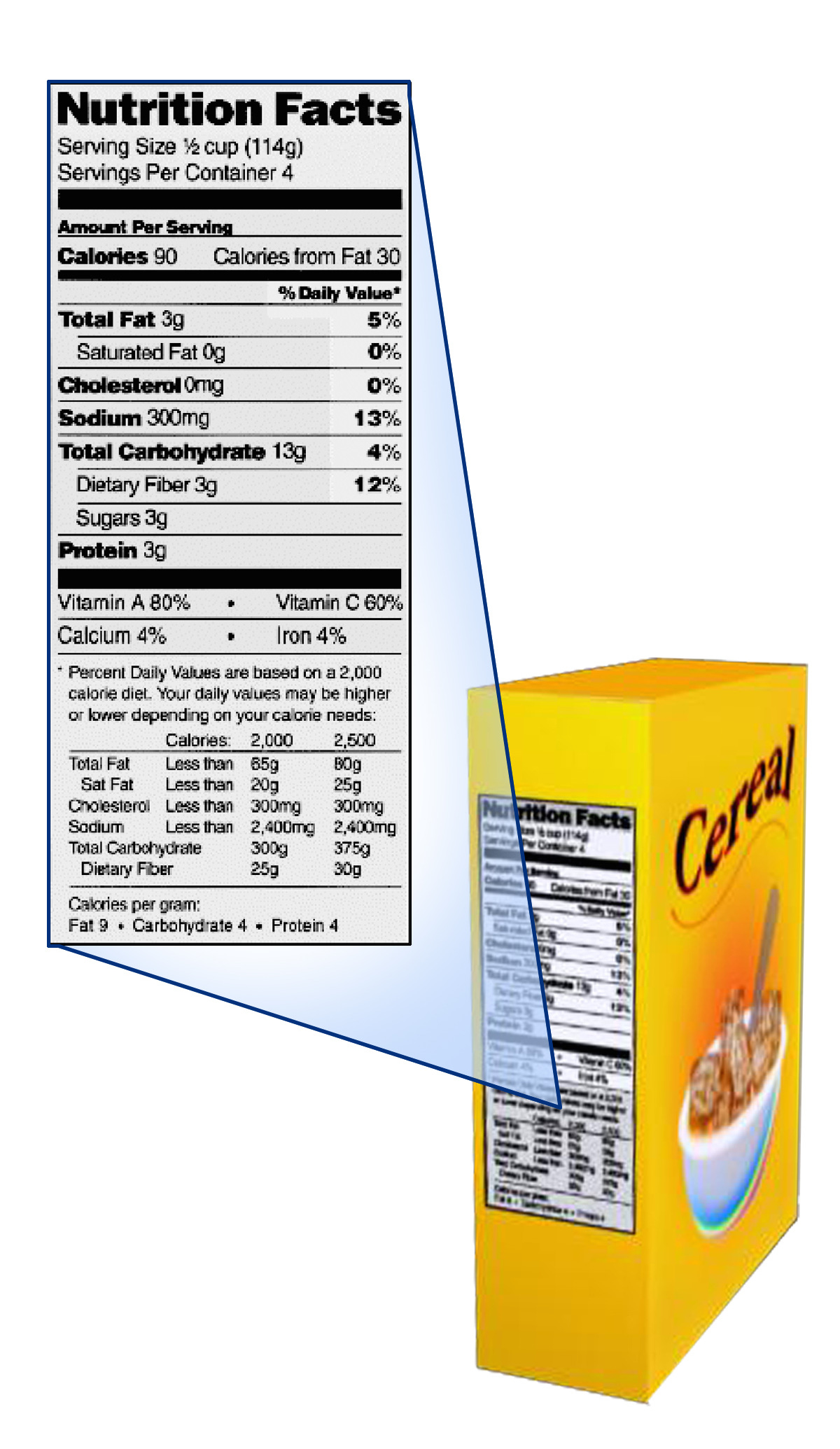An unfortunate truth is that we commonly believe our foods to be what they are not. Even as the regulatory authorities work to make food labelling as precise and reliable as it should be, manufacturers continue to find loopholes to circumvent the rules.
Early on in the pandemic, every other food on the market was positioning itself as an immunity booster. A brand of bread labelled its product as ‘immuno bread’ on the basis of a small quantity of zinc present in it. Most cereals contain some amount of zinc, but not enough to make a claim such as this one. The bread brand withdrew the claim once the food regulator raised an objection.
The Food Safety and Standards Authority of India (FSSAI) is the regulatory body in India that routinely brings in new regulations to protect consumers. These regulations also offer a level playing field to the many players in the food business. However, as manufacturers continue to find inventive ways to market their food products, it is incumbent upon consumers to acquire the necessary skill of reading food labels.
The Deceptive Nature of Food Labels
Some of my personal experiences with food labels are worth sharing. For the brief period when the water filter at home was out of order, we were drinking bottled water. One day, I happened to notice the almost imperceptible variation in the spelling of the brand name on the bottle. Almost instantly, this brand of bottled water went from being a believably reputed one to an alarmingly spurious one. The difference in spelling was literally the only thing that rendered this product ‘fake’--all the other details across the label were exactly the same. Interestingly, I also found on the label a customer care phone number and website. I tried calling the number and, of course, it didn’t exist. Nor did the website. The moral of the story is to never skip reading the label carefully, no matter how often you use the product.
In another episode from not too long ago, I noticed that the food label of a product fulfilled all the mandatory criteria established by FSSAI, but for a small (although very important) detail. The label even had the FSSAI logo on it, but the mandatory license number--customarily found right below the logo--was missing. The FSSAI logo by itself is not enough; the license number right underneath the logo is what testifies to the authenticity of the product.
Let me also share with you the case of this saffron (kesar) milk that I had once purchased. A close look at the ingredients list indicated that the amount of saffron in it was almost negligible, and the drink acquired that quintessential colour of saffron from tartrazine, a permitted food colour (also called Yellow 5 Lake).
The order in which the ingredients are listed on a product can tell you a lot, because they are always listed in a descending order of quantity used. For example, if sugar is among the first two ingredients on a product, you can be assured that the item isn’t the healthiest.
Food manufacturers seem to get away with murder when it comes to branding fruit drinks. Many unsuspecting parents purchase fruit juice for their kids without reading the label carefully. A lot of fruit drinks on the market give the impression of being a juice but are actually just a sugary drink with a negligible amount of fruit extract pulp, if at all. A closer look at the label will tell you that the product contains ‘no fruit juice’. It’s a marvel that without even a hint of fruit, these drinks give you the impression of being akin to freshly extracted fruit juice.
In an earlier piece, I have written about the contentious presence of wheat in hing that is a cause of concern for Celiac patients. Reading food labels is an absolute necessity for anyone with food sensitivities.
Packaged foods commonly contain additives notorious for triggering allergic reactions. The most common ones are parabens, sulphites, nitrates & nitrites, benzoates (used for food preservation), tartrazine (a food dye), MSG (a flavour enhancer) and BHT & BHA (used to prevent change of colour, odour, flavour in cereals and breakfast grains). To close in on the offending chemical, it is best to maintain a food diary to log the foods consumed and symptoms experienced.
Another thing to keep in mind is that sometimes the same ingredient can go by various names. For example, sugar in foods is easily disguised under the name of corn syrup, molasses, fructose and malt syrup, among many other terms. Expanding one’s food ingredient vocabulary is a useful skill.
A common cause of confusion with regard to food labels is the distinction between the Best Before Date (BBD) and the Expiry Date. The BBD is the date after which the product should no longer be stocked in store. It is not the date when the product is no longer safe to eat, but it is the date after which you shouldn’t find the product on a store shelf. The expiry date is the one that tells you that the product’s quality cannot be guaranteed beyond the date.
There is much to be decoded when it comes to food labels, and I have written about this extensively in a chapter of my book Our Kid Eats Everything!. Inculcating the habit of reading food labels in young children can be a rewarding one, and will certainly lead to better awareness and adoption of healthier practices.
You can read more about the nutrition values of food labels in my piece here.




